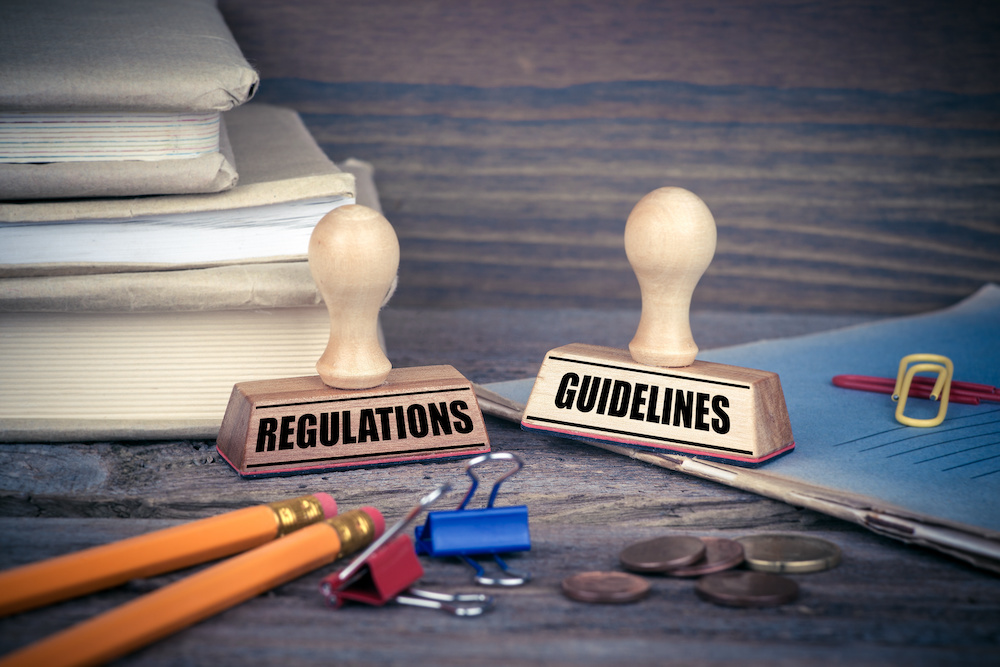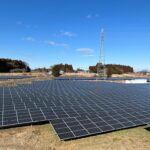The European Union has been a pioneer in recycling end-of-life PV modules. In this post, we will look at the European Union’s regulatory framework to address solar waste challenges.
What is the Waste Electrical and Electronic Equipment Directive (WEEE Directive)?
The European Union has been leading the way in creating a legal framework for e-waste management. In 2003, the European Union passed the Waste Electrical and Electronic Equipment Directive (WEEE Directive) to tackle the looming e-waste issues. PV modules were not included in the original WEEE Directive; however, in 2012, the EU added PV modules to the recast WEEE Directive1, mandating all EU member countries to introduce Extended Producer Responsibility (EPR) for PV modules. It further required all EU member countries to incorporate the new WEEE Directive into respective national law by February 20142.
What is Extended Producer Responsibility (EPR)?
Extended Producer Responsibility (EPR) is an environmental policy approach that makes Producers (see definition below) financially and/or physically responsible for the product’s proper end-of-life management3. Under the amended WEEE Directive, PV module producers are held accountable for the collection, transport, and treatment (recycling) of end-of-life PV modules, ensuring end-consumers do not bear additional costs at the product’s end-of-life stage. PV module producers are required to set up their own take-back and recycling schemes and establish related reporting, financing, and administration mechanisms. Otherwise, they need to partner with existing collective and industry-managed waste management programs4.
Who are the Producers?
The WEEE Directive defines Producers as natural or legal persons who put a product on the European Union market for the first time. For example, a producer can be a manufacturer, distributor, reseller, importer, and internet/distance seller of PV modules5.
Does the WEEE Directive have any target?
The WEEE Directive set minimum targets of 85% recovery rate and 80% preparation for reuse and recycling rate1.
How are end-of-life PV modules being collected and recycled in the European Union?
PV CYCLE, a non-profit member-based association, plays a central role in collecting, transporting, and recycling end-of-life PV modules in Europe. Founded in 2007, PV CYCLE is a collective take-back and recycling scheme for end-of-life solar PV panels and offers services to all EU Member States and the European Free Trade Association (EFTA) countries: Iceland, Norway, Switzerland, and Liechtenstein6. By the end of 2018, the association had collected over 27,000 metric tons of PV modules in Europe7. PV CYCLE announced that in 2019, it had collected over 5,000 tons of end-of-life PV modules in France, and 94.7% of those panels could be recycled, far exceeding the abovementioned targets set by the WEEE Directive7.
Following the implementation of the WEEE Directive in Europe, other countries and states are starting to establish PV-specific regulatory frameworks, standards, and guidelines. To learn how other countries and states are responding to PV module waste issues, check out our posts.
References
- Directive 2012/19/EU of the European Parliament and of the Council of 4 July 2012 on waste electrical and electronic equipment (WEEE) (recast) Text with EEA relevance. Accessed: Jan. 25, 2023. [Online]. Available: https://eur-lex.europa.eu/legal-content/EN/TXT/?uri=celex%3A32012L0019 ↩︎
- “PV Waste & Legislation.” http://www.solarwaste.eu/pv-waste-legislation/ (accessed Jan. 25, 2023). ↩︎
- The Organisation for Economic Co-operation and Development (OECD), “Extended Producer Responsibility.” https://www.oecd.org/environment/extended-producer-responsibility.htm (accessed Jan. 25, 2023). ↩︎
- “SOLAR WASTE & WEEE DIRECTIVE EXPLAINING THE IMPACT OF THE REVISED EU WASTE LEGISLATION ON THE PHOTOVOLTAIC SECTOR IN EUROPE.” http://www.solarwaste.eu/wp-content/uploads/2013/06/Solar-Waste-WEEE-Directive-Information-sheet.pdf (accessed Jan. 25, 2023). ↩︎
- “Producers: definition and obligations.” http://www.solarwaste.eu/pv-waste-legislation/producers/ (accessed Jan. 25, 2023). ↩︎
- “The take-back and recycling system for photovoltaic modules in Europe.” https://www.technosun.com/descargas/LDK-folleto-PVCYCLE-EN.pdf (accessed Jan. 25, 2023). ↩︎
- C. Rollet, “Recycling PV panels: Why can’t we hit 100%?” Accessed: Jan. 25, 2023. [Online]. Available: https://www.pv-magazine.com/2020/08/26/recycling-pv-panels-why-cant-we-hit-100/ ↩︎


